7 Tips to Win User Research Recruiting

User research recruiting for qualitative research can be challenging but the right users make all the difference in the quality of your quantitative research output.
There are many different user testing software platforms available to help in the recruiting process including our own, PlaybookUX. User research recruiting is integral to conducting successful qualitative research and gaining beneficial user research insights. If you are not speaking to the right users, the insights you gather won’t be very accurate. Prior to starting, it is important to consider how much time you have, your budget and how specific you need to narrow your audience.
General Population vs Specific Population
When determining which participants you want for your user research study, you need to determine if it should be a general population or a specific population. A general population study is a randomized group of participants. This is a pool of people spanning multiple demographic, employment and educational characteristics. While a specific population study identifies common characteristics across a group of participants, such as women, who work as front-end developers and use iPhones.
When to Recruit a General Population
If you are researching a new product, you might not know who your target audience is. By running a general population study, you can see who your product or service resonates with.
When you’re looking for a general audience of participants, it’s important to look for an assortment of people who span multiple demographic areas. When you have access to a wide variety of backgrounds, you will be able to deduce a lot about your target audience and you’ll be able to determine who will actually become your customers. This will also help you determine the criteria for future studies.
When to Recruit a Specific Population

If you are researching and designing for B2B products, it can often be challenging, since you’ll need to pinpoint refined areas, such as job role, industry and size of the company. It’s important to make sure that you’re honing in on the specific demographics that you intend to target.
Occasionally, you’ll require your specific population to use a certain device such as iPhone or Android. For example, if you want to test the usability of an Android app, you are going to need participants who have experience using Android phones. Your end users will own Android phones, so you’ll need to speak to people who are familiar with that operating system. When recruiting a specific population for a user research study, you should make sure those participants possess characteristics and demographics found in your current or ideal customers.
Many products and services have a variety of different user types or groups, so you need to recruit a range of research participants to make sure you are covering each variation. Ideally, time and budget permitting, when dealing with a product that has multiple user groups, you should do research with each group separately. Each variation, or group of users, is a persona for your business.
When to Use Screener Questions
For some user research studies, the demographic filters might not be sufficient to get your specific population. In this case, you can write screener questions to get even more granular.
For example, let’s say you are running a test for Quickbooks, the accounting software, to learn about what improvements you should make to the product. In this case, you will most likely want to speak to current Quickbooks customers. You can write a screener to see if someone has used Quickbooks in the past 6 months. Only participants that have used the software will qualify for the study.
Screeners are questions for vetting participants when you are recruiting for a specific audience. You can ask participants questions to determine whether they fit your specific population criteria.
7 Different Ways to Recruit Participants

1. Work with a recruitment agency or panel company
A recruitment agency will help you find the specific participants you’re looking for. However, it can be costly, and you may have to wait a while before you receive qualified participants.
When using an agency, you’ll need to perform due diligence. Check past reviews to see if they are providing good, quality participants. Make sure to ask the agency how they recruit. Do they have their own database of participants or are they outsourcing to panel companies? Panel companies can be tricky. They often use static data on participants and don’t update information often. This may not be ideal considering the average millennial has held three jobs in the first five years after graduating.
2. User testing software companies that specialize in recruiting
With this method, you can filter down to the demographic criteria for your specific population, and the software will match you with participants who applied for your project through a project board, or an email blast. Typically, these user testing
Here at PlaybookUX, we build user testing software for user experience researchers and product managers. When choosing a user testing software, you should look for the ability to filter by specific and granular data points. You want to research how the company retains participant data. Make sure these companies are using dynamic sources, such as Linkedin, as opposed to a static excel spreadsheet, to maintain participants. You also want to make sure you have the ability to send screener questions.
3. Access a database of your own product customers
You can find these customers through your company’s email list, or by checking with your development or sales teams. They’ll provide you with a list of your current customer base. A caveat to this method is that you might have trouble accessing those customers.
However, if you do you find a way to access those customers, this method can save you money. Once you have that list, you can send an email asking your customers to participate in a user testing session for your software product and offer them an incentive, cash usually works best. You should recruit your own customers when you want to test something about your current products. For example, let’s say you’re looking to test your product’s
4. Utilizing Analytics Software for User Testing
You’re probably familiar with analytics tools, such as Amplitude, Pendo, Mixpanel, and Google Analytics. You can use these
5. Posting on social media outlets like Reddit, Craigslist and Linkedin

It can be helpful to post on specific threads associated with “making money
6. Recruit internally within your company
If you’re building an internal software, you can recruit from your colleagues, since they will be the end users. However, you may be introducing some bias, since your colleagues may not want to be honest about their feelings.
7. Family and Friends
This can be a great, low-cost solution. Similar to recruiting internally within your company, you can be inducing bias since your mom or best friend doesn’t necessarily want to hurt your feelings.
Remote vs In-Person User Research Recruiting
After you’ve determined your recruiting method, you will need to decide if you want to complete your studies in-person or remotely.
Conducting Remote Studies

The upside of running a remote user testing study is that it’s easier for testers since it gives them more flexibility since they can use
The downside of remote studies is that you may experience technical issues, or the participants may call in from less than ideal places, like a coffee shop with poor wifi.
Conducting In-Person Research
The upside to running in-person research is that you have the participant’s full and undivided attention and you have less of a risk of technical issues. While the downside of conducting in-person research is that participants may have a hard time finding your location. Dealing with logistics for getting the participant to the location, can be frustrating since you need to block off enough travel time for the participants. It also limits the pool of people that you can recruit to nearby people, which is tricky when you need a very specific demographic.
How many participants should you recruit?
From the beginning of time, or at least from 8th-grade statistics, we’ve all learned that the larger the sample size, the more accurate the results. That may be true for market research, but UX research is a different story. For all qualitative studies, we suggest that you should use Nielsen Norman Group’s recommendation of 5 participants.
Nielsen Norman Group is a consulting firm known throughout the UX industry as the leader in best practices. Having 5 participants allows you to uncover the majority of the bugs, misconceptions, and issues with your product. If you feel you need more, you can always increase the number of participants, depending on your budget. However, you don’t need to conduct endless interviews to get quality research insights.
Incentivize your Participants
Lastly, adding an incentive as a sweetener is a great way to get participants to sign up for your study. Typically, for general population studies, you should plan for at least 1 dollar per minute. If the participant has a more specialized role in their company or is senior, you should consider an incentive that is $2+ dollars per minute.
Utilizing a user testing software can automate the incentive process for you. If you can master the user research recruiting process, it will lead to better user insights.

General FAQs
What is user research recruiting?
User research recruiting is when you recruit your target audience for UX studies. It allows you to run concepts, products, prototypes and websites by potential users to get their feedback.
How do you recruit the right users for a usability study?
Find a software, like PlaybookUX, that allows you to granularly target participants. Ask screener questions to qualify people based on specific behaviors and habits.
Does PlaybookUX help recruit your target demographic?
Yes! Our software allows you to recruit, conduct and synthesize research studies. We allow you to get granular in your recruiting efforts. Filter down by demographic and employment characteristics. Also, send unlimited screener questions to ensure you’re speaking to exactly who you want to. Recruit for a fraction of the cost of an agency!
Start getting user feedback today


